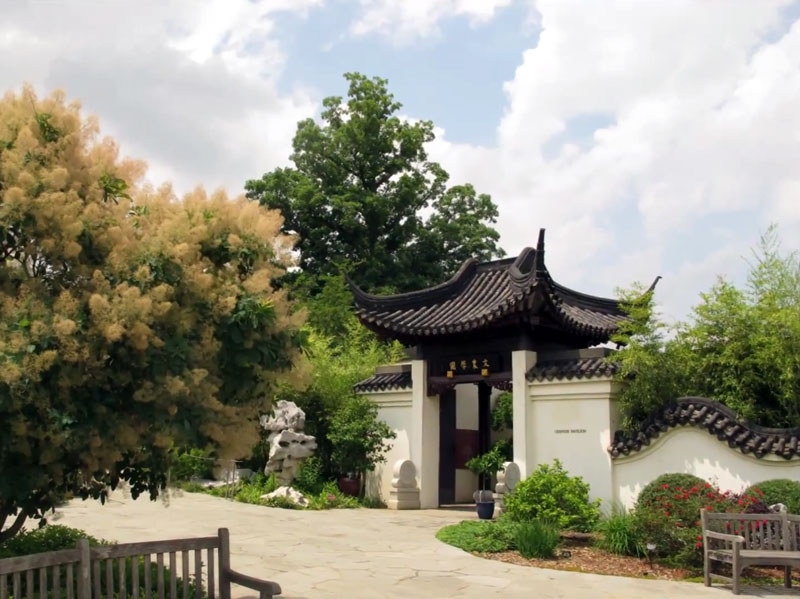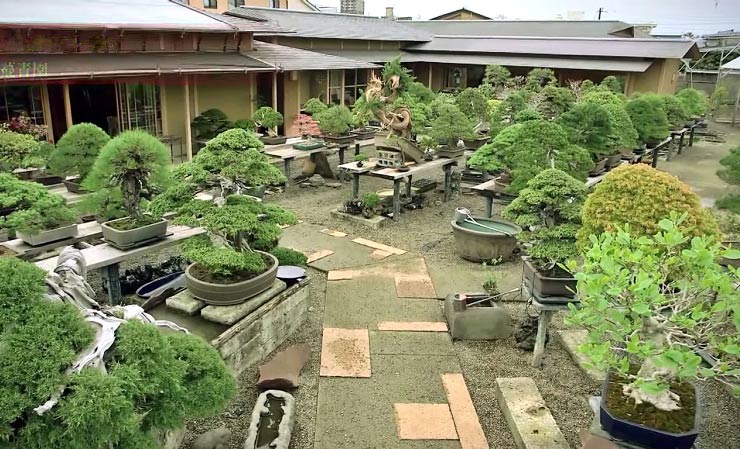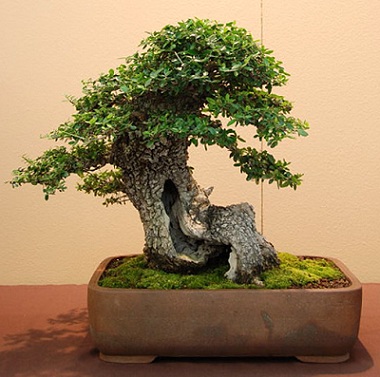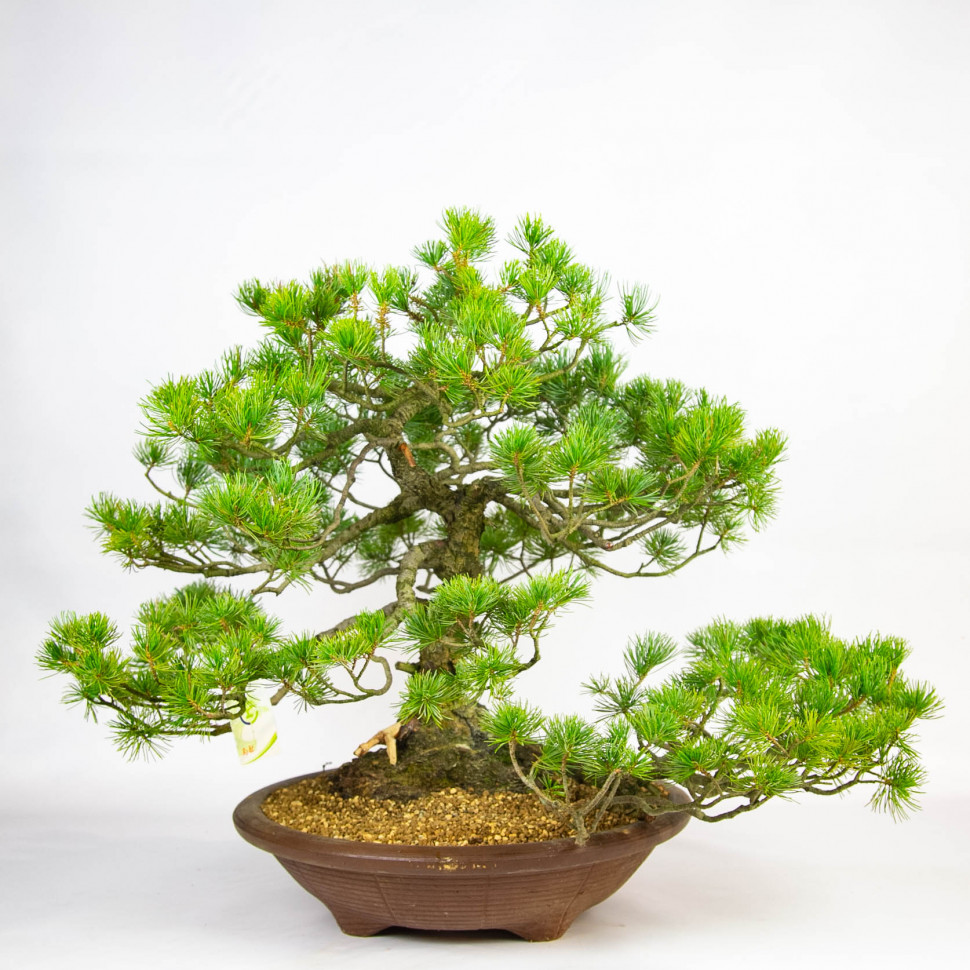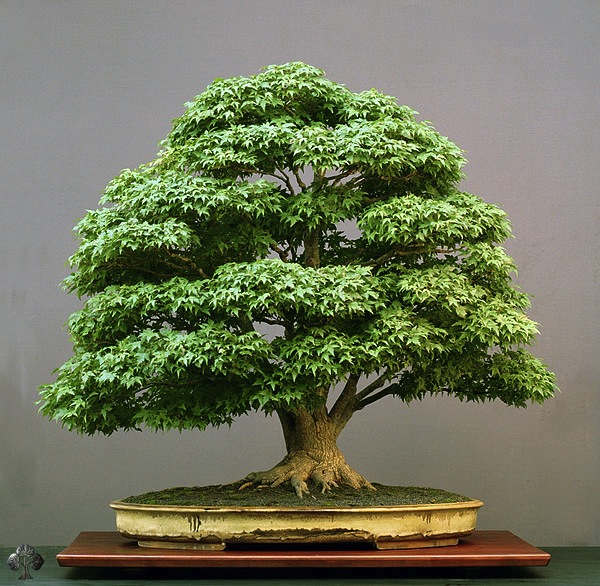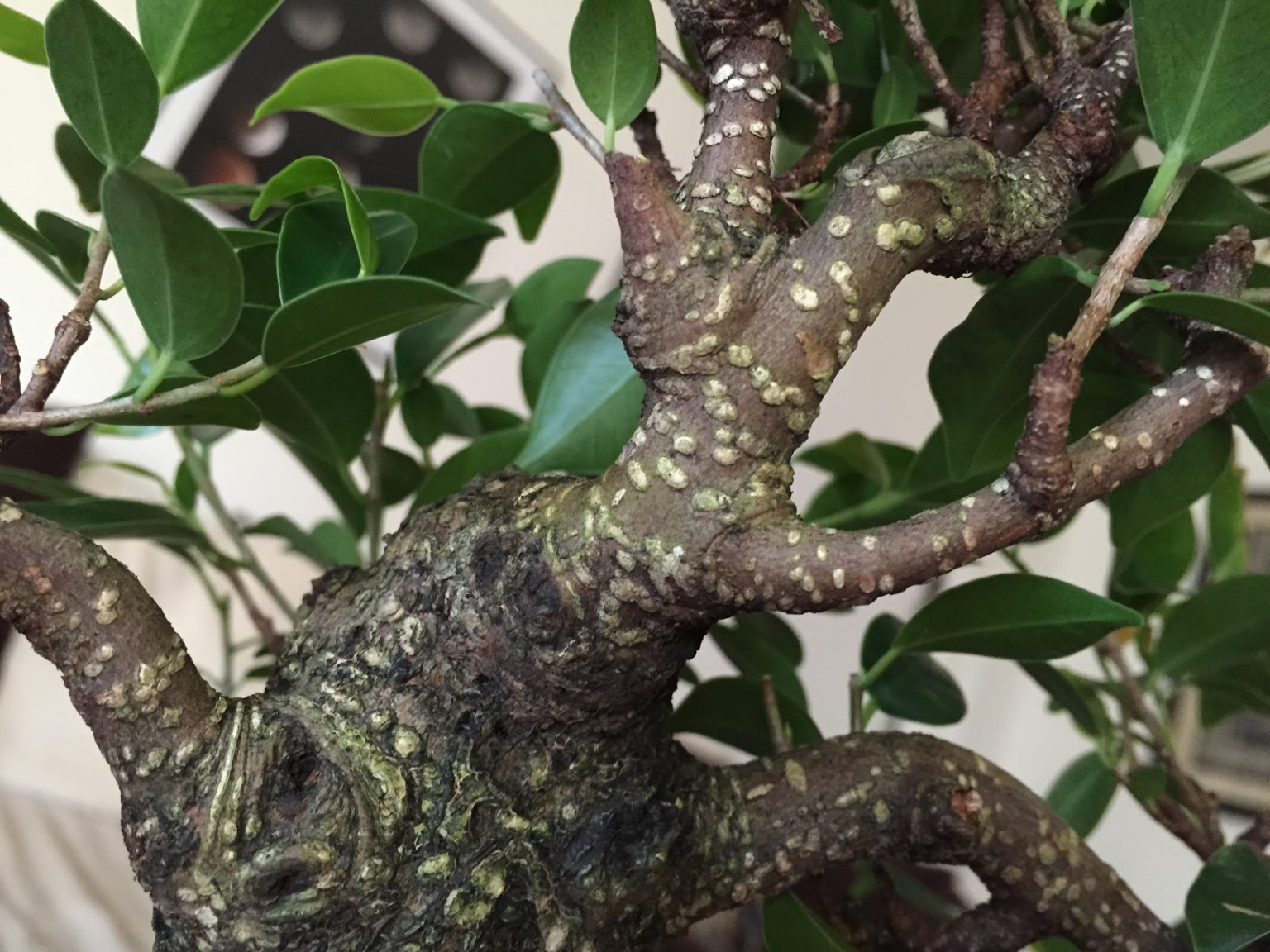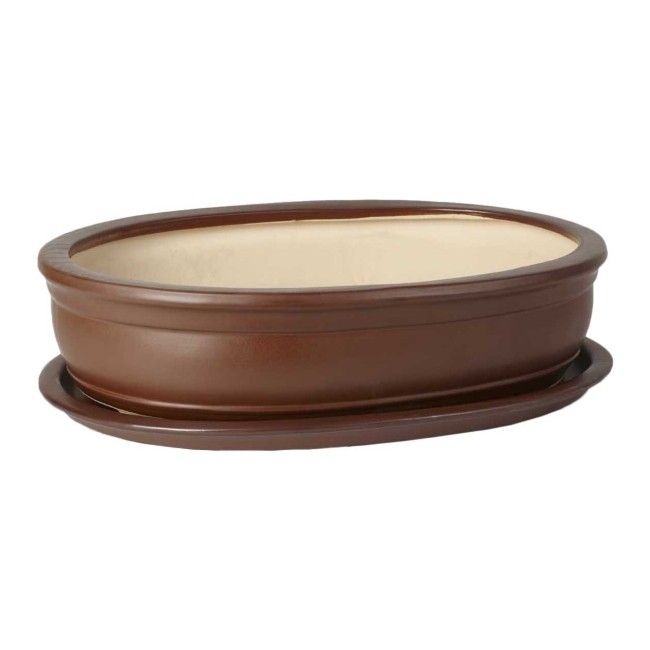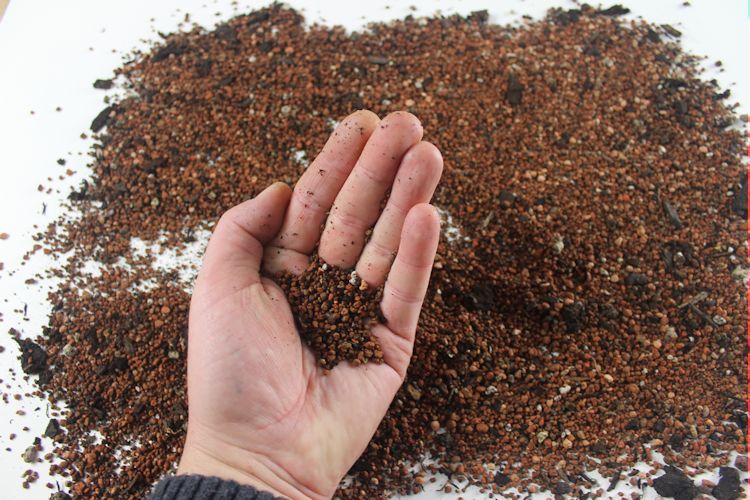Lilac is not the best option for shaping bonsai, becauselilacdoes not have a massive trunk, and the leaves are large. First of all, lilac is used for growing bonsai because of its small, clustered flowers, which are very fragrant and usually white, pink, blue or purple.
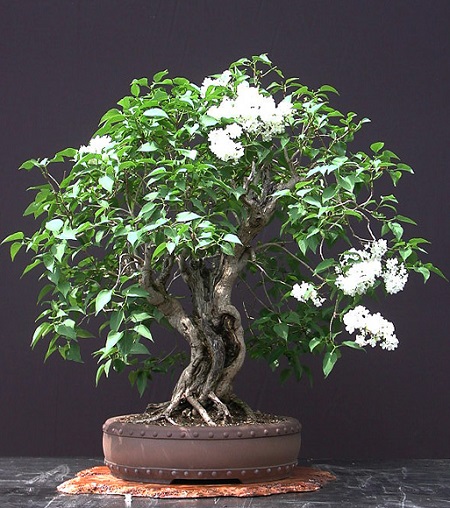
Best for growing bonsaiCommon lilac (Syringa vulgaris)It tolerates pruning, which is necessary for bonsai formation. Other lilac species tolerate only light pruning and do not tolerate root manipulation.
Common lilac (Syringa vulgaris)— a bush no more than 7 m high, which acquires rough bark with age. Heart-shaped leaves can reach 20 cm in length. Very fragrant flowers, in late spring and early summer, form conical brushes 10-20 cm long.
Soil:
Ordinary soil from the natural habitat of lilacs is suitable.
Lighting:
Lilac loves light, place it under direct sunlight.
Temperature:
It loves heat, but tolerates low temperatures down to -10° C.
Watering:
During the flowering period, water abundantly; at other times, do not allow the soil to dry out.
Top dressing:
During the period of active growth (from spring to autumn) feed the lilac organic fertilizers once every two weeks.
Formation:
Pruning is done at the end of winter and left alone until flowering ends, as pruning at this time will cause the buds to fall off. Replant lilacs every 2-3 years.
Purchasing a plant:
When grown fromseeds, sow them in spring.CuttingsAndair layering methodapplied at the beginning of summer.
Pests and diseases:
Possible defeatweevil, spider mite and leaf roller.Powdery mildewcan also cause a lot of trouble.

